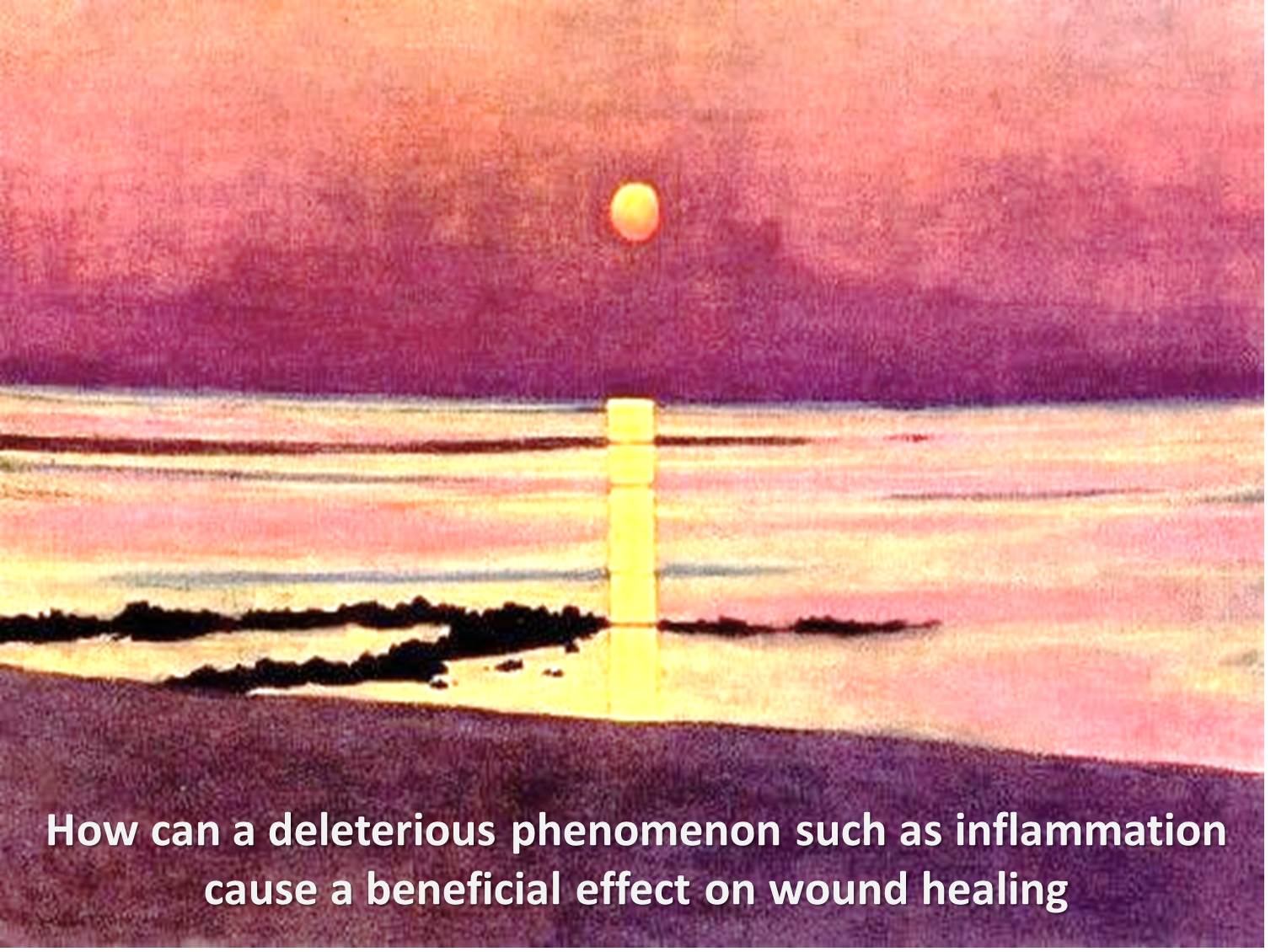PHOTOBIOMODULATION PARADOX : GLEN CALDERHEAD, MD.
Linda Fouque, MD (European Led Academy vice president)
The presentation on LED photobiomodulation (PBM) started with a question: how can a deleterious phenomenon such as inflammation cause a beneficial effect on wound healing?
Indeed PBM starts with an inflammatory response but continues along the same pattern as natural wound healing, with its final step by the reparation of the tissues, which G Calderhead will prove to us.
We must understand the stages of healing and the cells involved in this process. There are three phases: inflammation, proliferation, and remodeling.
Inflammation is one of the main mechanisms in tissue alteration.
Chronic inflammation is one of the mechanisms of aging.
Much of our work as clinicians aims to counteract this situation and restore tissue homeostasis.
The use of LED PBM is a major step forward in this control.
According to G. Calderhead, the cells involved in the first stage of inflammation are the mast cells, macrophages, and leukocytes. The mast cell is the first activated...
The 830nm near-IR LED is absorbed by the cell membrane of the mast cell in which a change of the vibration with increased membrane permeability causes an extravasation of granules in the extracellular matrix . There is a temporal order in the release of active ingredients in the granules: in the first seconds with proinflammatory cytokines 40% degranulation , and within 48 hours chemotactic factors, anti-inflammatory and trophic and after several days a release of SOD .
The process of healing is triggered by a 830nm LED that mimics injury. Thus, aggravation is not necessary to initiate reparation.
The other recruited cells are neutrophils and macrophages. They will release growth factors. Two studies have demonstrated the activation of macrophages and leukocytes by the 830nm wavelength.
The second phase of proliferation begins with the increase of fibroblasts and endothelial cells.
The fibroblasts are transformed into myofibroblasts that organize the network of collagen fibers.
A table summarizes the action of different wave lengths on different cells.
Clinical studies demonstrate accelerated healing with LED phototherapy.
In this paper, it is the 830 nm near-IR wavelength that has been studied in particular. Stimulation by 830nm wavelength occurs at the cell membrane.
For other visible wavelengths it is especially the activation of cytochrome oxidase at the mitochondrial membrane that results in stimulation. But in the end the result is the same: the cell is photo-activated.
The studies of Dr. G. Calderhead give us a basis for work to elucidate the possible actions of the use of wavelength either alone or in conjunction with other factors, the role of different cells involved, and the importance of controlling inflammation.
LED photobiomodulation brings us a solution, but still does not reveal all of its secrets.

